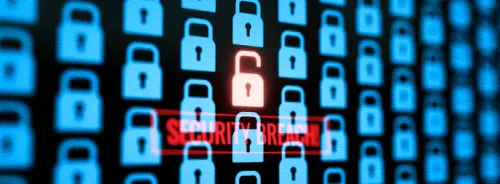Sir,
The article on what you call the 'humble' barcode ('Can Bar Codes Revitalise The NHS? Issue 3, 2010) leaves out one major issue.
Substantial momentum had been building up to promote barcodes, as far as healthcare technology (medical devices) were concerned until late 2004, when the industry group Eucomed released its position paper. This tried to attain a consensus on several advantages (adverse event identification, tracking and traceability, post-market surveillance etc.) as well as standards challenges (technology neutrality). But the most important question – on whom the costs of implementation would fall – was left open. Small companies, in particular, had resisted these costs as being too heavy. However, Eucomed had made a case for the fact that once implementation was on a sufficient scale, unit costs would drop.
In the meanwhile, the case for barcoding pharmaceuticals was moving much more quickly as the case for it (anticounterfeiting) was far stronger.
As a result, there were several different approaches – ranging from France (which wanted compulsory use in medical devices), to the UK, which wanted a voluntary system – which, in the final analysis, meant next to nothing. How can you have some devices bar-coded and others left out? And then, came the hoopla about RFID, which overlapped and continues to overlap barcodes. But RFID, too, faces, exactly the same questions about costs – and technology neutrality.
This is, alas, all too common a problem in the healthcare technology area – the promises of a new technology disturbing progress to a more-proven one, before it makes its own case. As a result, we have this hotch-potch of systems, sub-systems and technologies – and the only casualty is patient safety.
Alain Mayeur
Brussels, Belgium





